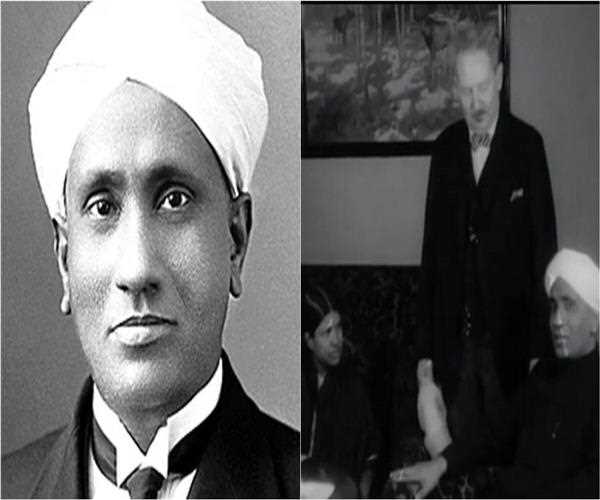
Early life
Chandrasekhara Raman is also known as the C.V Raman was born on 7 November 1888 in
Tiruchirapalli, he belonged to the Tamil Brahmin family, and his parents were
Chandrasekhara Ramanathan Iyer, and Parvathi Ammal, the mother. He had eight siblings including himself and he was the second in all. He completed his matriculation at the age of 11 from
the school St. Aloysius Anglo-Indian High School at Visakhapatnam.
In 1902 he joined the Presidency College of Madras and in 1904
he obtained the BA degree from the University of Madras. Raman got the first position and
topped the
university in English and Physics and 1907 he completed his MA degree from the same University and achieved the gold medal with good distinction.
Scientific contribution
Raman’s interest was in sound and lights and hence his contribution was mainly in the field of sound and Light. He studied how
sound travels in the Whispering gallery of the dome at the London in
St. Paul Catherdral and here he produces the sound effect.
He also has a commemorative interest in the Light and he investigated and studied the
effect of light in the medium and he explained the blue color of the sea with the help of scattering of Light.
C.V Raman won the Nobel Prize in his research for the work of the scattering behavior of light which was later on named on the name him. The Nobel Committee of that year sent the
only name of C.V Raman to the Royal Swedish Academy of Sciences. But later on, it appeared that the
Russians have already discovered the spectral line of light on 21 February 1928.